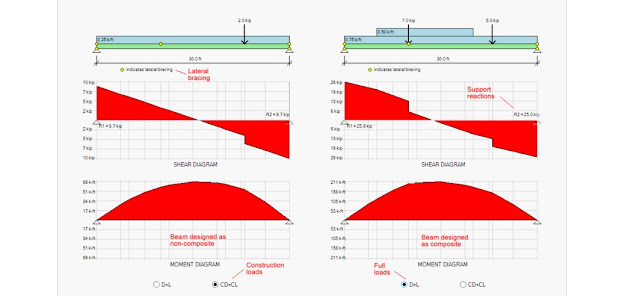Base Plate Design Used for Post-Installed Anchors
The design of a base plate is a misunderstood most of the time, particularly when we are discussing attachments for applications for post-installed anchoring. Here, we will give you a general idea of what base plate design actually means, and also provide you some more essential information. You can find a variety of software applications where you can use this design as a structural engineer.
TYPICAL DESIGN
The term “base plate” is mostly understood as a referencing a steel plate, which is placed beneath a column to spread the applied load uniformly to the concrete members. The plate is allowed to act as a cantilever beam which is fixed at the column’s edge. It is defined by the structural profile’s geometry. If a wide-flange part is made to be used as a column, the base plate design can be summarized in the following points —
- Select the length and width of the plate.
- Inspect the concrete bearing capacity by using the dimensions of the plate.
- Measure the thickness by using the internal bending moments that are predicted to occur at each of the plate’s cantilevered section.
Column design of the base plate assumes the plate to be rigid in shape. The cross-section of the plate remains plane under normal loading. Along with that the plate does not experience any considerable amount of deformation from bending. Even though, there is no plate available that can be called 100 percent rigid, it is reasonable to tell that a column base plate is quite rigid.



Comments
Post a Comment